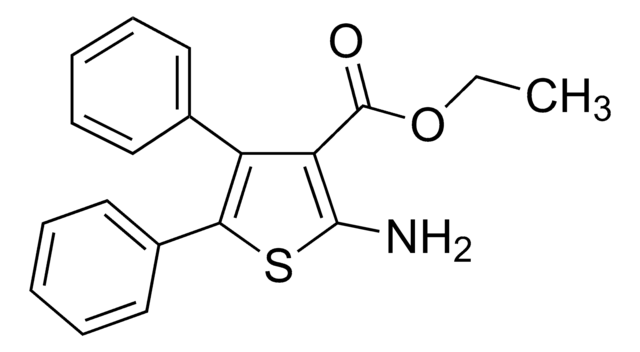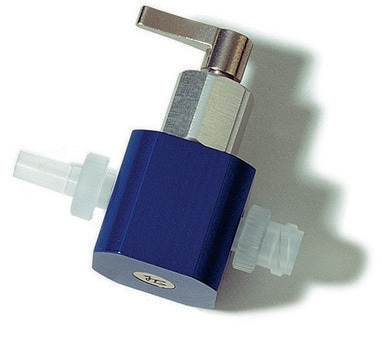529531
PICK1 PDZ Domain Inhibitor, FSC231
The PICK1 PDZ Domain Inhibitor, FSC231 controls the biological activity of PICK1. This small molecule/inhibitor is primarily used for Neuroscience applications.
Synonim(y):
PICK1 PDZ Domain Inhibitor, FSC231, ( E)-Ethyl-2-cyano-3-(3,4-dichlorophenyl)acryloylcarbamate, (E)-Ethyl-2-cyano-3-(3,4-dichlorophenyl)acryloylcarbamate
About This Item
Polecane produkty
Poziom jakości
Próba
≥95% (HPLC)
Postać
solid
producent / nazwa handlowa
Calbiochem®
warunki przechowywania
OK to freeze
protect from light
kolor
off-white
rozpuszczalność
DMSO: 100 mg/mL
Warunki transportu
ambient
temp. przechowywania
2-8°C
Opis ogólny
Opakowanie
Ostrzeżenie
Rekonstytucja
Inne uwagi
Informacje prawne
Kod klasy składowania
11 - Combustible Solids
Klasa zagrożenia wodnego (WGK)
WGK 3
Temperatura zapłonu (°F)
Not applicable
Temperatura zapłonu (°C)
Not applicable
Certyfikaty analizy (CoA)
Poszukaj Certyfikaty analizy (CoA), wpisując numer partii/serii produktów. Numery serii i partii można znaleźć na etykiecie produktu po słowach „seria” lub „partia”.
Masz już ten produkt?
Dokumenty związane z niedawno zakupionymi produktami zostały zamieszczone w Bibliotece dokumentów.
Nasz zespół naukowców ma doświadczenie we wszystkich obszarach badań, w tym w naukach przyrodniczych, materiałoznawstwie, syntezie chemicznej, chromatografii, analityce i wielu innych dziedzinach.
Skontaktuj się z zespołem ds. pomocy technicznej




